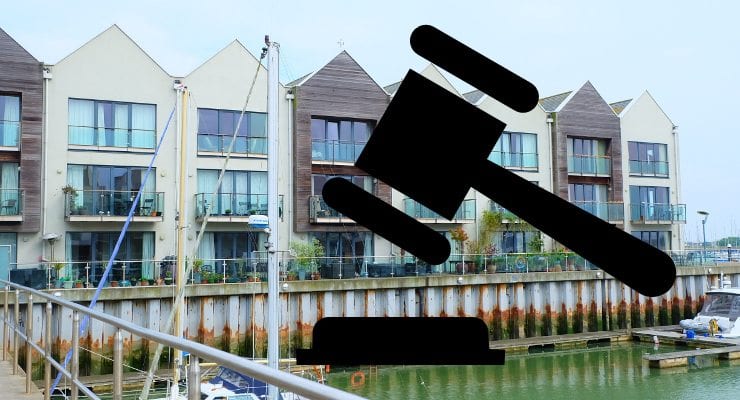The Paradox of Choice.
Is too much choice is a bad thing?
It’s a strange concept to think that providing clients with a vast array services and options could actually be doing your business harm. Why would allowing your clients to choose from a variety of options be a bad thing? It seems a little counter-intuitive, but the more there is to choose from the less likely someone is to make a choice. This phenomenon is called the paradox of choice” and it’s something I experience every time I walk down the fabric softener isle. The most famous documentation of this though is the jam experiment.
If you’re unfamiliar with the experiment, I’ll give you a very quick break down. In an upscale supermarket two psychologists set up the jam section with 24 different jams then observed sales and consumer behaviour. They then replicated conditions but only provided 6 jams to choose from and what they saw was sales rocket 10 fold.

There’s many different factors which result in this outcome, from overloading your potential customer with too many options, to the customer just not having the time to weigh up the different options. Regardless of why, the outcome is the same: having to many choices often results in customers not making a choice.
But I don’t sell jam…
This has been something widely observed across huge variety of industries, not just the retail and preserves isle. Everything from financial services to video games employ some observation of this.
World of Warcraft is one of the biggest online games in the world with more than 10 million active users logging in on a weekly basis. Everyone picks a character and there are hundreds of character customisation options, the race of your character, your class, sub class etc. But it all starts with one choice: What side do you want to fight for? This is a great example of restricting peoples’ choice without sacrificing depth, and it’s a very simple mentality to apply to your website.
A visitor landing on a cluttered home page with a huge amount of different options won’t take the time to read through all of them, they’ll just leave in favour of somewhere they can get what they want easier. It’s about guiding your user and finding a way to restrict initial choice without sacrificing depth. It’s getting that all important first click out of a user that takes them on the journey to where they need to be. All this can be boiled down to one simple choice: are you looking to buy or sell? That one choice can get your clients flying towards what they want and eliminate anything they don’t need to see, simple!
Leading by example
If you quickly go and have a look at our website as soon as you land you see a single sentence about us and 3 options in the middle. Yes, you can scroll down and see a little more but the initial impression is no clutter and nothing to slog through. A user knows what they want, and it’s clear how they should get there.
At Estate Apps we offer a huge range of services to the property industry, and reading through all of them can be a little tedious – Custom Websites, templates websites, responsive design, iOS apps, Android apps, dedicated mobile sites, branding services, video services, content writing services with a whole bunch of other services within each of those and even more in development. Can you imagine our homepage with a link for each of those? And even worse a full page of text dedicated to each? Ain’t nobody got time fo’ that! We’d be doing our competitors a favour by driving our own traffic elsewhere.
What does this mean for me?
When you’re thinking to yourself “I don’t get enough leads from my website” take a look at it from a user’s point of view, there might be a reason for that. Is it unclear? Is there too much text? Have you overloaded them with information? If the answer was even a maybe to any of those questions, it might be time to look at your website.
These are all easy design mistakes to make. It’s completely understandable that you want to talk about everything you do, and that’s fine! Just don’t overload your users with information, especially information they just don’t have time to deal with. If you think it’s about time you had a look at your website, or even just want to get some advice, get in touch. We’re always happy to help.









